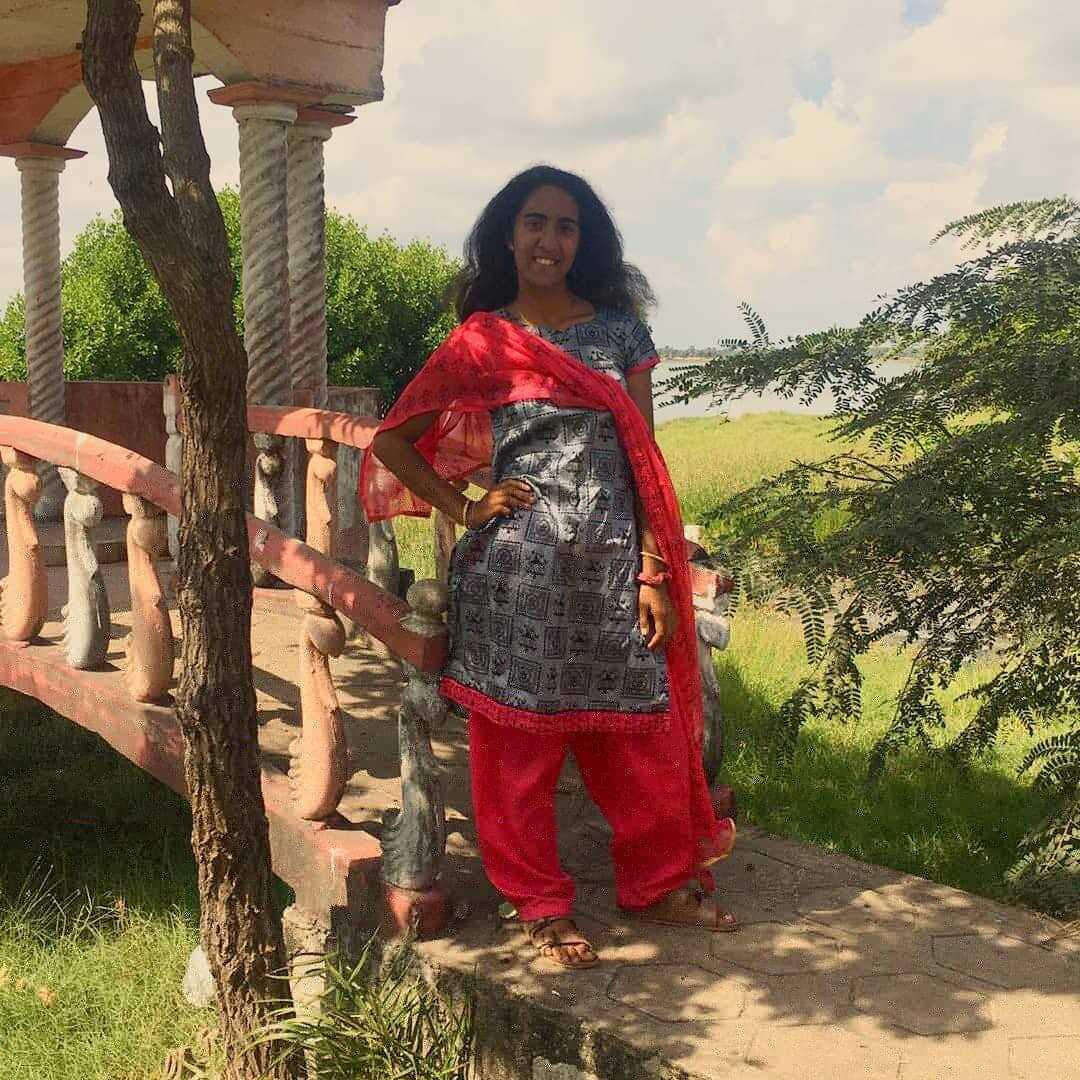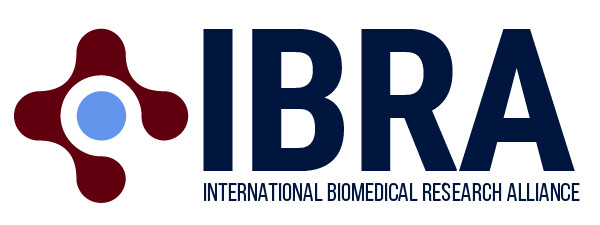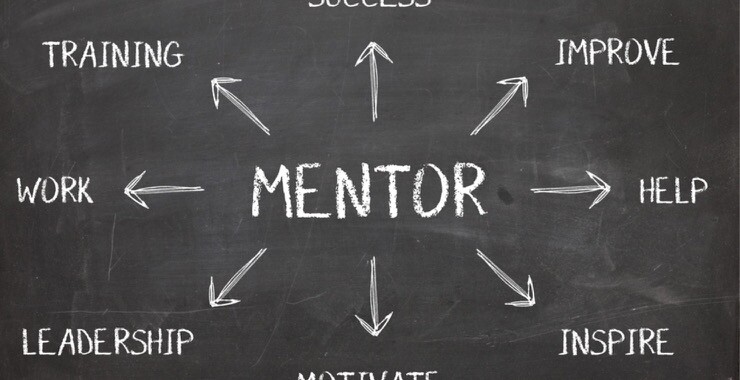
NIH-Cambridge PhD Scholar Anagha Krishnan Discusses Her Fulbright Experience in Sri Lanka
In recognition of the opening of the 2022-2023 Fulbright Award application cycle, this two-part interview highlights two Fulbright recipients currently in the NIH Oxford-Cambridge Scholars Program. The Scholars Program is an accelerated, individualized, international doctoral training program for outstanding students seeking their PhD or MD/PhD in biomedical research – many of whom have been Fulbright grant awardees. Much like the Fulbright Program, the NIH Oxford-Cambridge Scholars Program encourages intellectual freedom and collaboration leading to increased innovation and creative problem-solving. Fun fact: The Executive Director of the NIH Oxford-Cambridge Scholars Program, Dr. Katie Stagliano, is a former Fulbright who completed her MSc in Plant Genetic Manipulation at the University of Nottingham in the United Kingdom.
The International Biomedical Research Alliance, a 501(c)(3) non-profit organization whose sole mission is to invest in and accelerate the development of the future leaders in biomedical research through the NIH Oxford-Cambridge (OxCam) Scholars Program, asked two current OxCammers, who recently completed their Fulbright year, to talk about their experience. The first interview here is with Anagha Krishnan, an NIH-Cambridge PhD Class of 2020 Scholar, is at the National Cancer Institute working with Dr. Gregoire Altan-Bonnet and at Cambridge (CRUK-CI) with Dr. Martin Miller. She is studying how populations of tumor subclones cooperate to evade the immune system and how these interactions can be leveraged to create more targeted immunotherapies.
How did you learn about the Fulbright Fellowship? What motivated you to apply?
Anagha Krishnan (AK): I heard about Fulbright through a fellowship presentation at my undergrad university. At the time, I had participated in a summer research program in Vietnam and had met some Fulbright Scholars there who had really enjoyed their experience, so I knew I wanted to participate in a similar experience.
How did you choose your study/field and country? What did your project entail?
AK: My family is from Southern India, and my mother tongue is Tamil. As such, I wanted to go to a country where I could use my Tamil language skills to engage with locals in a meaningful way, but also go to a part of the world that I hadn’t been to before. Sri Lanka seemed like a great choice because it is really close to where my family is in India but has a completely different culture and history. I was based in Badulla, a town located in the Sri Lankan hill country. I was really far away (more than seven hours) from the more modern capital, Colombo, so I really enjoyed experiencing what life was like for a majority of the country, not just the capital (even though it meant I didn’t have hot water or air-conditioning). In addition to work, I spent a lot of time hiking and lounging on some of the most beautiful beaches I have ever seen, and I absolutely loved the scenery! I also drank copious amounts of Ceylon tea! I loved interacting with other Fulbright Scholars in the country, who were studying such diverse things: from Sri Lankan birds to Tamil literature to English language education.
My project entailed developing a research writing course for Uva Wellassa University, a public university in the rural central part of the country. I was supposed to teach the course as well, but unfortunately, due to COVID-19, I returned to the United States before the start of the term. I also did community development work with a community of tea plantation workers living in Haputale, Sri Lanka.
What inspired you to pursue a PhD and/or MD/PhD?
AK: I participated in science fairs during high school, where I had the opportunity to work on an independent research project. I visited the NIH during my senior year of high school, as part of the 2016 American Junior Academy of Science Conference, which was held in DC that year. After visiting and hearing about the fantastic medical research that was happening at the NIH, I knew that I wanted to do a PhD and work at the NIH one day.
JT: I have had an interest in science and medicine for a while now. It goes back to growing up in Cameroon and seeing how healthcare is practiced there. Even though the physicians did not have access to the premier medical equipment, they managed to display compassion and empathy for every patient in their clinics. After coming to the US, I got to volunteer and shadow physicians here and seeing these physicians take care of patients in a reassuring manner that reminded me of the same passion for healthcare seen back in Cameroon was motivating for me to pursue medicine. I also started doing research during undergrad and when I spent two years as a postbac at the NIH; I saw medicine and research practiced at its finest. I realized that my passion for research and medicine could be realized by an MD-PhD career.
Did your Fulbright prepare you to undertake your PhD and/or MD/PhD in the NIH Oxford-Cambridge Scholars Program? Did your Fulbright project correlate with your future thesis work?
AK: My Fulbright work was very, very different from my PhD project, and that was very intentional on my part. I went to a STEM-high school and undergrad university and was going to home in even further on cancer biology and immunology during my PhD; I wanted an opportunity to step back and pursue some of my auxiliary passions in history and sociology. I also loved teaching and mentoring as an undergraduate and felt that those things were really part of my future career as a professor. Since it can be hard to find time to teach during the accelerated time-course of an OxCam PhD, I am grateful for the opportunity to build my teaching and mentoring skills during my Fulbright.
Tangentially, as I spent a lot of my time with a group of tea plantation workers who lived in a community largely-isolated from the rest of the country, I spent a lot of time observing the ways individuals in the community cooperated or competed with one another and how the small actions of individuals in the community could greatly affect the entire community. The community was made up of a diverse group of individuals who responded to different external situations in very different ways depending on what their resources or social standing in the community were. In a way, observing these interactions reminded me a lot of individual tumor cells choosing to cooperate or compete with one another and the dynamic process of individual cells contributing to a greater ecosystem. There is a lot of interesting research in the field of tumor ecology, and being in Sri Lanka makes me wonder if there are sociology principles that could be applied to the way we look at interactions between various tumor clones in a microenvironment.
How did the culture of your Fulbright country impact your research?
AK: Sri Lanka is much more relaxed than the United States when it comes to bureaucracy and scheduling, so it took a long time for me to get used to the fact that you can’t really schedule meetings in advance or even have a proper Google calendar – you have to be really flexible! It also took me a long time to get used to the fact that people don’t really check their emails – you have to call or talk to people in person!
What is your overall career goal?
AK: I intend to attend medical school after my PhD, and I hope to be a professor at a university.
Did you learn anything about yourself during the Fulbright that changed the way you think today?
AK: In 2009, Sri Lanka ended a decades-long civil war between the Sinhala Buddhist majority in the country and the Tamil minority. The effects of this civil war can still be felt today. Even though I am an ethnic minority in the United States, in Sri Lanka I faced an unprecedented amount of structural discrimination because I was Tamil, even though I had more privileges than most of the other Tamils in the country. For example, I spoke to many Tamil locals about how it was more challenging for them to get loans from the bank because they were identified as Tamils on their government ID, or how they found it frustrating that, despite living in an area that was over 90% Tamil, that they were governed locally by Sinhala police officers, rail conductors, and other officials. In the plantation, young Tamil students told me how the structure of the plantation made them completely reliant on the plantation owners, the government, or NGOs to get even their basic needs taken care of, and how this kept them from being able to attend university or improve their standing in the community. Being able to experience this firsthand, and being able to reflect on it back home in the context of the recent Black Lives Matter protests, I have gained a greater awareness for how larger-scale social structures prevent certain groups of people from advancing their standing within a social group, and how challenging it can be to dismantle these structures. Increasing diversity and inclusion in academia has always been a major interest of mine. I heard stories from young plantation workers who told me how challenging it is every step of the way for them to attend university, not because they were barred from attending, but instead because of the way the university pipeline worked. They received very little support for their unique challenges. I realized that we need to do more than just invite more underrepresented groups into academia, but also ensure that the unique circumstances and challenges that they face are addressed and supported.
What was your biggest take away?
AK: The greatest gift for me from Fulbright was getting the opportunity to take some time to shift my focus from science and look at other interesting problems, like community development and education. Even though it’s not always directly obvious how what I learned in my Fulbright will affect the way I approach my PhD, I am confident that the experiences I had will give me a completely new perspective on the next four years.
About the NIH Oxford-Cambridge Scholars Program
Created in 2001, the NIH Oxford-Cambridge Scholars Program is a collaboration between the NIH and the universities of Oxford and Cambridge to revolutionize the way in which the most talented biomedical PhD and MD/PhD students are trained. Participants in the program receive accelerated training and work on their own collaborative research project to address critical biomedical research problems. Trainees graduate in an average of 4.2 years with a PhD degree. To learn more visit www.oxcam.gpp.nih.go.
About the International Biomedical Research Alliance
Founded in 2005, the Alliance’s mission is to support the NIH Oxford-Cambridge Scholars Program and associated global PhD and MD/PhD training programs based in the Intramural Research Program of the NIH, America’s largest biomedical research organization. Our goal is to assure the financial viability and scientific excellence of the Scholars Program by supplementing government funding. The Alliance supports the annual research workshop, awards, and career developed initiatives designed to enrich the Scholars Program and broaden the perspectives of its students as they train to become the next leaders in biomedical research. For more information, please visit www.biomedalliance.org.
About the Fulbright Program
The Fulbright Program is the largest national exchange program sponsored by the U.S. government offering opportunities for students and young professionals to undertake international graduate study and advanced research. The primary source of funding for the Fulbright Program is an annual appropriation by the U.S. Congress to the U.S. Department of State’s Bureau of Educational and Cultural Affairs. From its inception, the Fulbright Program has fostered bilateral relationships in which citizens and governments of other countries work with the U.S. to set joint priorities and shape the program to meet shared needs. The fundamental principle of this international partnership – sharing knowledge around the world and collaborating on projects that improve the world – remains at the core of the Fulbright mission. The Program awards approximately 8,000 grants annually in all fields of study and operates in more than 160 countries. To date, more than 390,000 Fulbrighters encompass the Program’s diverse and dynamic network, including 86 Pulitzer Prize winners, 75 MacArthur Fellows, and 60 Nobel Prize winners.


